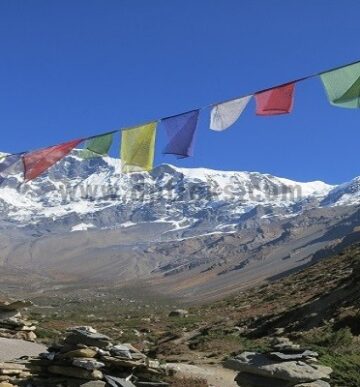Peak Climbing in Nepal is one of the physically and technically challenging activities. Being the home of 8 out of 14 mountain peaks above 8000 meters, Nepal is the dream destination for the mountain pioneers and adventure lovers. The world’s highest mountain Everest has always been the major attraction and bucket list adventure for the mountaineers.
By the Himalayan standard, the smaller mountain peaks ranging from the altitude of 5567m to 7000m are classified as trekking peaks. There are total of 1310 identified mountain peaks above 6000m in Nepal and one-quarter of them are opened for mountaineering activities. Yala Peak, Paldor peak, Mera peak, Island peak, Lobuche peak are the most preferred peaks for peak climbing in Nepal.
Peak climbing is always beyond simple trekking. Peak climbing is a challenging activity above snow lines using crampons, ice axes, climbing boots and ropes. Anyone with normal physical condition can do these activities as the acclimatization around 6000m will be easier. Mostly, peak climbing is done for fulfill their desire of summit the mountain and marvel the world from the summit. Also, People do peak climbing for starting climbing experience and testing their mountaineering skills and endurance.
As mountains are beautiful natural resources of the country, Peak climbing in Nepal requires several considerations before one can actually do peak climbing. There are several rules and regulations regulated by the Nepal government regarding safety, economic, cultural, and environmental concerns. As peak climbing is physically and technically difficult activity, it should be done under the supervision and instructions of Experts. Nepal Dream Path has been conducting numerous peak climbing activities with the experience of over a decade.








